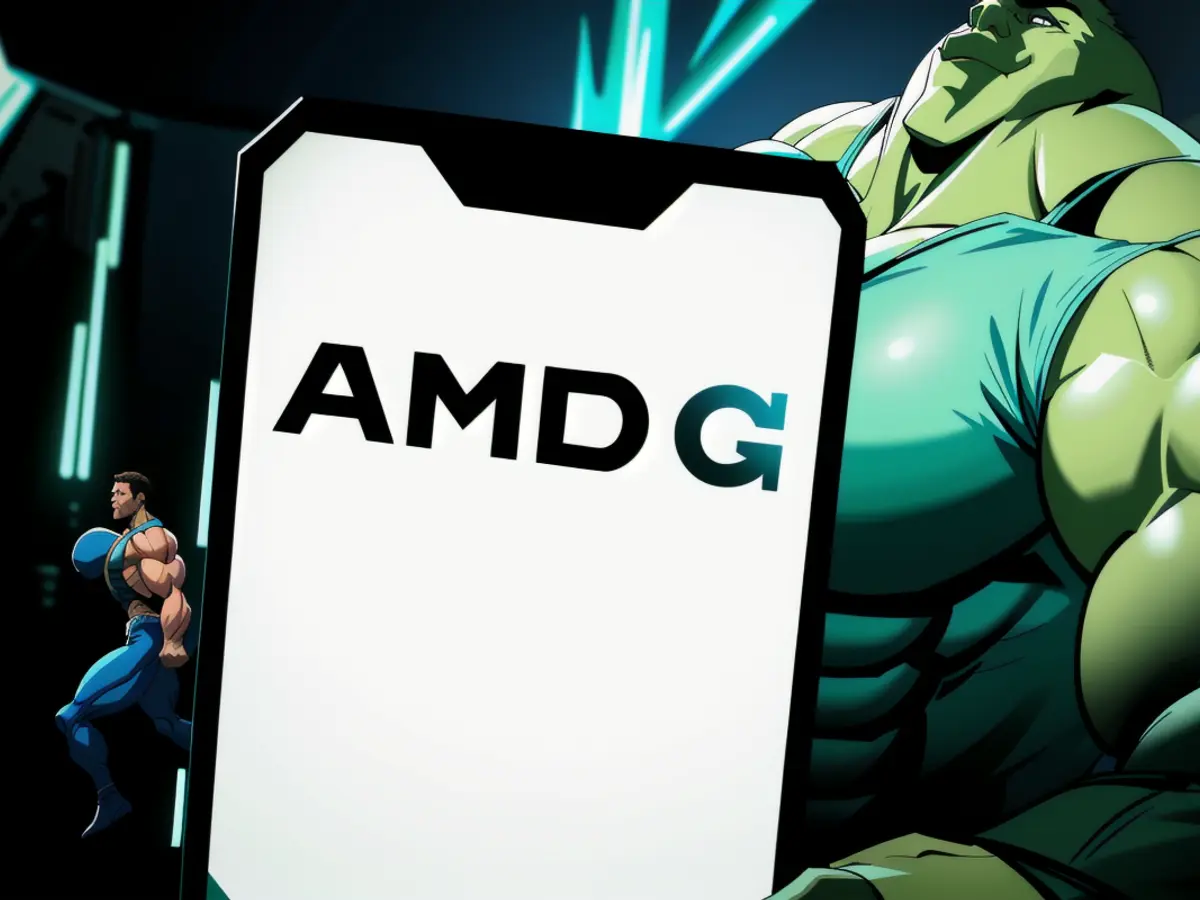Title: Latest Developments with AMD Stock
AMD's stock (NASDAQ: AMD) has experienced a notable downturn over the past week, dropping around 11% in five trading sessions. This decline places it about 25% lower than its early 2024 levels. In stark contrast, the S&P 500 has observed a surge of about 22% since early 2024, while AMD's rival, Nvidia (NASDAQ: NVDA), has witnessed an impressive increase of over 160% during the same period.
Analysts at Goldman Sachs have downgraded AMD stock from a 'buy' to 'neutral' status, and both KeyBanc Capital Markets and HSBC have recently decreased their estimates for the stock. These downgrades are underpinned by concerns about heightened competition in the GPU market, as Nvidia's advanced chips and new entrants in the AI sector pose potential threats to AMD's growth. However, despite AMD's loss of market share to Intel in traditional PC and server CPU spaces, there's optimism for future developments that may turn things around.
Notable Developments
New MI350 Chips as Competitive Edge
AMD has evolved from focusing solely on GPU for gaming and design to developing chips specifically tailored for large language model training and generative AI inference. Although the demand for AMD's MI325 GPUs has reportedly remained soft this year, the company is capitalizing on its competitor's head start in the AI-GPU space while honing in on areas where it can secure market share.
Analysts are anticipating the launch of CDNA 4-powered MI350 GPUs in late 2025. Projected to offer 35x better inference performance than its CDNA 3-powered predecessor, the MI350 GPU series is poised to bolster AMD's performance in the second half of 2025 and beyond.

Inference Focus
The AI market is forecasted to undergo a significant shift away from model training towards inference, which is the process of generating outputs from trained models. Inferencing tasks are less computationally intensive and can be effectively managed by AI processors like those produced by AMD. Although Nvidia has established a substantial software ecosystem around its products, it might face increased competition in the inference sector.
In a recent demonstration, AMD's MI300X has proven itself to be competitive with Nvidia's H100 GPU in AI inference benchmarks. Moreover, AMD's success in securing orders from hyperscalers for AI inference workloads signifies its reputation as a viable alternative to Nvidia's GPUs, which are often priced at over $25,000 each.
With Oracle choosing AMD's accelerated computing chips to power its latest supercluster for high-intensity AI workloads after performance tests revealed impressive results, AMD's potential to disrupt the market seems promising.
The downgraded 'AMD valuation' by analysts from Goldman Sachs and others might be influenced by the heightened competition in the GPU market, particularly from Nvidia's advanced chips and new entrants in the AI sector. Despite facing competition from Intel in traditional CPU spaces, AMD's anticipated launch of CDNA 4-powered MI350 GPUs in late 2025 could help boost its 'AMD revenue' by offering 35x better inference performance than its previous model.




